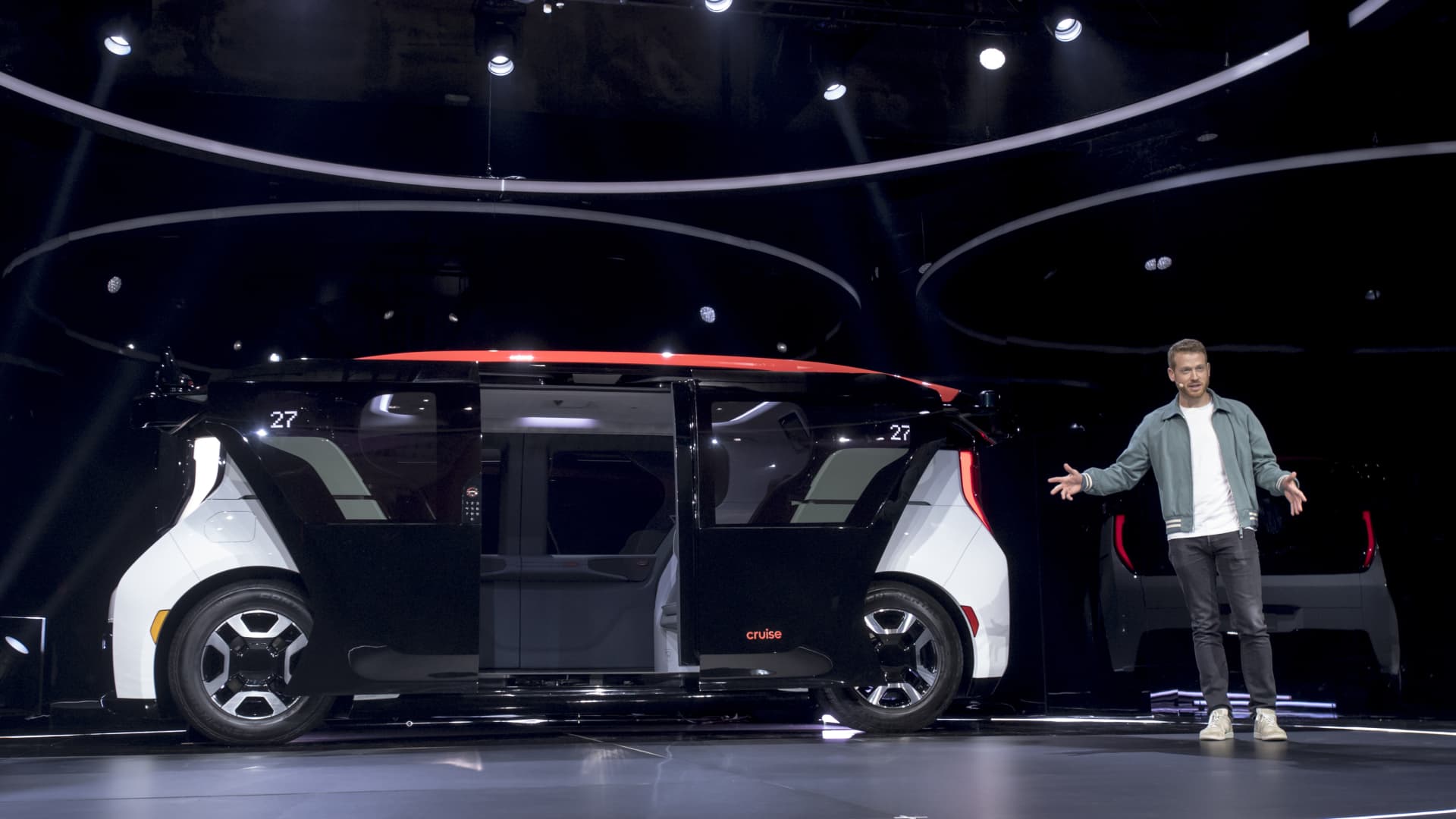Autonomous vehicle venture Cruise, which is majority-owned by General Motors, just scored the final permit it needed to offer its robotaxi service to paying riders in San Francisco, the company announced on Thursday.
Cruise boasted in a blog post that the authorization is “the first-ever Driverless Deployment Permit granted by the California Public Utilities Commission, ” and makes the company that first to operate a “a commercial, driverless ridehail service in a major US city.”
The company’s cars are fully electric and battery-powered, which is also a potential win for reducing emissions of greenhouse gases that cause climate change. The company told CPUC in an Apr. 2021 letter that it aims to make California roads safer and reduce greenhouse gas emissions.
Earlier, the California Department of Motor Vehicles approved autonomous vehicle deployment permits for both Cruise and Alphabet‘s Waymo.
Cruise was already offering nighttime rides to the public in San Francisco in its driverless cars, although it had not yet required passengers to pay a fare.
Police previously pulled a Cruise driverless vehicle over in San Franciso, and a video of the incident went viral. The California DMV told CNBC that, despite that incident , as of late April the department had yet to issue a traffic ticket to any driverless vehicle operator.
Rodney Brooks, professor emeritus in robotics at the Massachusetts Institute of Technology, rode in Cruise driverless taxis recently and wrote favorably of the experience on his blog.
He said, in that post, “Cruise has put together an MVP, a ‘Minimal Viable Product,’ the lynchpin of successful tech.” He also specified that he does not believe mass adoption of driverless cars is near. He wrote, “We have a ways to go yet, and mass adoption might not be in the form of one-for-one replacement of human driving that has driven this dream for the last decade or more.”
Competitors of Cruise are also testing driverless vehicles in San Francisco.
Alphabet’s Waymo has offered free driverless rides to employees or members of a testing program in San Francisco. It has also completed “tens of thousands” of rides without a driver behind the wheel in Arizona.
Another driverless startup, focused on transporting goods instead of passengers, Nuro, has a deployment permit to operate driverless cars in San Francisco, too.
While Tesla CEO Elon Musk often touts the company’s ambitions to deliver cars that are “robotaxi-ready,” Tesla vehicles at a maximum feature its Full Self Driving Beta program, an experimental driver assistance system, which requires drivers to keep their hands on the wheel and remain attentive to the road at all times.
